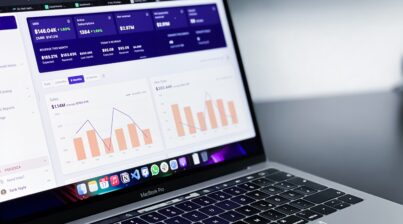Turnover rate is the most common HR metric. It’s usually the first metric asked for by leaders and used for many organizational KPIs. Turnover is an important metric because it tells you how many people are leaving the company over a given period of time. But it’s not the end all be all.
Metrics are rarely useful on their own. To help the data tell a story, it’s important to look for the story in the data. You can make assumptions on why your turnover is high or low. But what if your assumptions are wrong? The wrong assumption can mean the wrong solutions are implemented, which could only add to the turnover problem.
Don’t stop with just calculating your turnover rate. Try calculating these metrics to help create a full picture so you can create effective solutions.
Quality of Hire
Quality of hire is a great HR metric for the recruitment stage of the employee lifecycle. It measures how beneficial a new hire is to the organization. Unfortunately, measuring quality of hire can be messy. HR and business leaders may have different views of what constitutes a quality hire. It can also change over time as business needs change.
So let’s say you ran your turnover metrics and you find there’s high turnover with new employees. Quality of hire can clarify if the people leaving the company were not the right fit from the beginning. Or if the problem lies within onboarding.
Contingent Representation Rate
Your contingent workforce makes up pretty much anyone not on the regular payroll. Contract workers, independent contractors, subcontractors, freelancers, and consultants all fall under that contingent workforce umbrella. Contingent representation rate tells you what percentage of your workforce are permanent versus contingent.
When there’s high turnover, there tends to be more contingent staff, which can get costly. Not just from a monetary perspective, but also in the service level. Contingent representation rate is a good metric to keep an eye, especially as your turnover rate increases. It will only add to your overall cost of turnover.
Promotion Rate
The promotion rate looks at how many people are being promoted throughout the company. It can be an indicator of how much change your company is going through as people are promoted to fit business needs. Promotion rate can also show how inclusive the organization is.
There’s also a correlation between low promotion rates and high turnover. Employees have to stay at a company long enough to be promoted. Additionally, a lack of development is a common reason why people leave. If turnover is high, take a look to see if employees are being developed into higher roles.
An HR dashboard is an analytics tool you need to manage all your HR metrics. Sign up today for a free demo of our automated HR dashboard.












